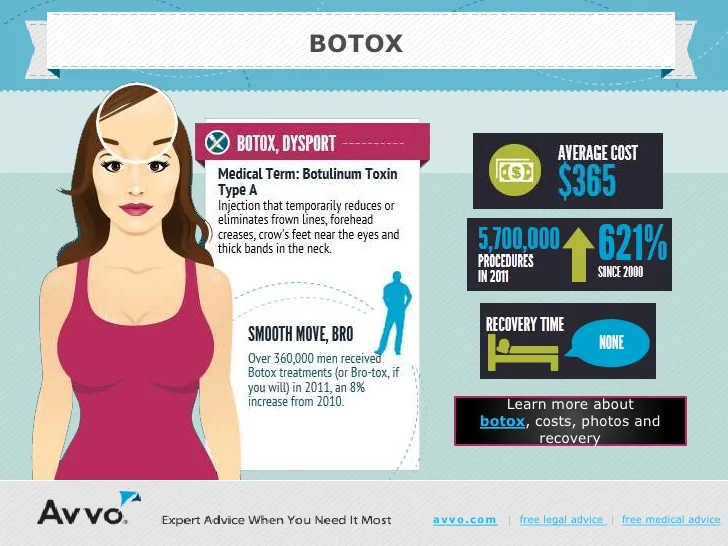What Are Led Masks For Acne
What Are Led Masks For Acne
Blog Article
Hormone Acne - What is Hormonal Acne?
Hormone acne is identified by clogged up pores and oily skin that commonly shows up on the chin and jawline. It happens when hormonal adjustments activate inflammation and bacterial overgrowth within hair roots.
Outbreaks may appear as whiteheads, blackheads, papules or pustules and cysts or nodules in a lot more extreme instances. It is more common in teens undergoing the age of puberty yet can influence grownups of any age.
What Causes Hormonal Acne?
While acne can be caused by a range of elements, consisting of utilizing hair and skin treatment items that aren't oil-free or made with active ingredients that can obstruct pores, genetic predisposition, diet,2 and stress, the root cause is varying hormonal agents. Hormonal acne happens when the body experiences hormone modifications and changes that cause an overflow of sebum, which creates swelling, raised development of bacteria and changes in skin cell activity.
Hormonal acne is commonly discovered on the reduced jawline, cheeks and neck however can show up anywhere on the body. It is defined by blemishes that are cystic, unpleasant and filled with pus or other material. It is also most likely to happen in ladies than guys, particularly throughout the age of puberty, the menstruation, maternity or menopause.
Age
While lots of youngsters experience acne eventually throughout adolescence, it can continue to afflict adults well into adulthood. Known as hormonal acne, this form of breakout is tied to fluctuations in hormones and is generally most typical in women.
Hormonal acne takes place when oil glands generate excessive sebum, which blocks pores and traps dead skin cells. This results in the formation of imperfections, such as whiteheads, blackheads and papules, pustules, cysts or blemishes, deep under the surface.
This type of blemish often causes discomfort, soreness and swelling. It might likewise be cyclical and appear around the very same time every month, such as right prior to your period starts. This is because degrees of women hormones like progesterone and oestrogen fluctuate with each menstrual cycle.
Menstruation
Hormone acne generally appears in the lower part of your face, along the jawline and cheeks, as whiteheads, blackheads or inflammatory acnes (pimples and cysts). It's probably to appear around the time when your menstruation modifications.
Especially around ovulation, when estrogen and progesterone levels are on the surge, hormonal agent fluctuations can cause outbreaks. Yet it's likewise possible to obtain acne at any kind of point during your 28-day menstruation.
If you discover that your hormone acne flare right before your period, attempt discovering when exactly this takes place and see if it associates with the phases of your 28-day menstruation. This will help you determine the source of your skin troubles. As an example, you may want to work with balancing your blood sugar and removing high-sugar foods, or think about a prescription medication like spironolactone that can manage your hormones.
Maternity
Growing a baby is a time of significant hormonal adjustments. For numerous females, this consists of a flare-up of hormonal acne. This type of outbreak generally starts in the very first trimester, around week 6. It's triggered by hormone rises that promote sebaceous glands to make even more oil, which can block pores and create even more bacteria to accumulate.
Breakouts might likewise occur as a result of pre-existing problems like polycystic ovary syndrome, which can additionally be a problem during pregnancy and menopause. Additionally, some types of contraceptive pill (such as Ortho Tri-Cyclen and YAZ) can activate hormonal acne in some women.
The good news is, many acne therapies are "no-go" for expecting females (including preferred acne-fighting components such as isotretinoin and spironolactone). But if you can not avoid those aggravating bumps, your physician might recommend dental erythromycin or cephalexin, which are risk-free during pregnancy.
Menopause
As ladies approach menopause, the estrogen degrees that triggered their hormone acne to flare during the age of puberty begin to maintain and decrease. At the same time, nonetheless, a spike in androgens (also referred to as male hormones) takes place because these hormonal agents can't get more info be exchanged estrogen as effectively as previously.
The excess of androgens can set off oil manufacturing by the sebaceous glands, which blocks pores. When the clogged up pores become swollen and irritated, a pimple kinds.
Hormonal acne is generally seen on the face, especially around the chin and jawline, yet it can occur on the neck, back, shoulders, or upper body. This type of acne has a tendency to flare in an intermittent pattern, similar to the menstruation. Tension, which raises cortisol and throws hormonal agents out of balance, likewise adds to the breakouts.